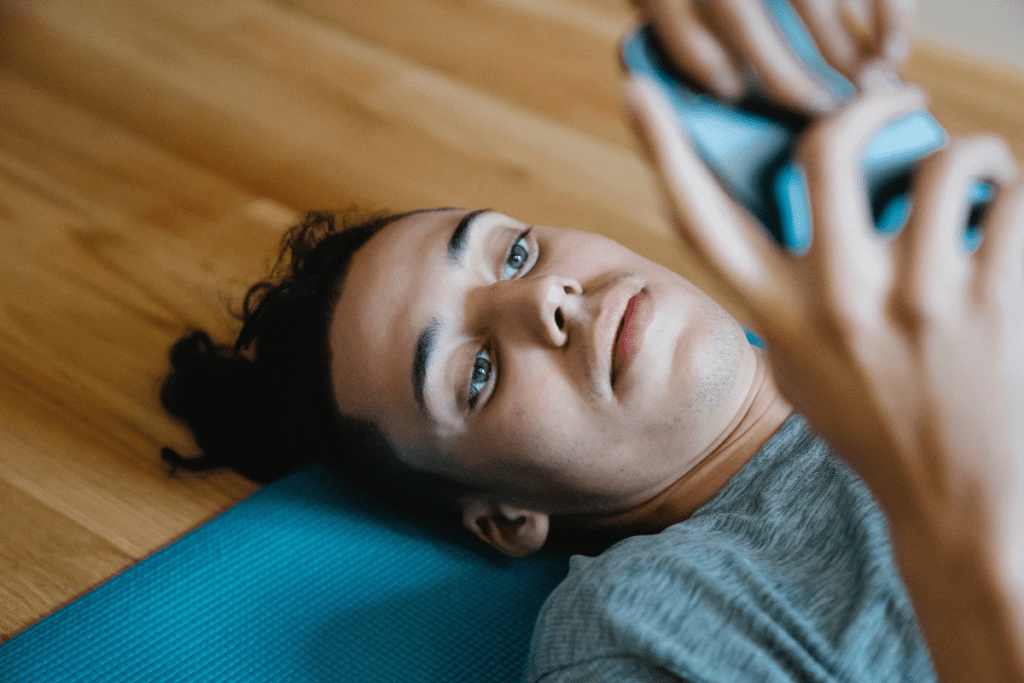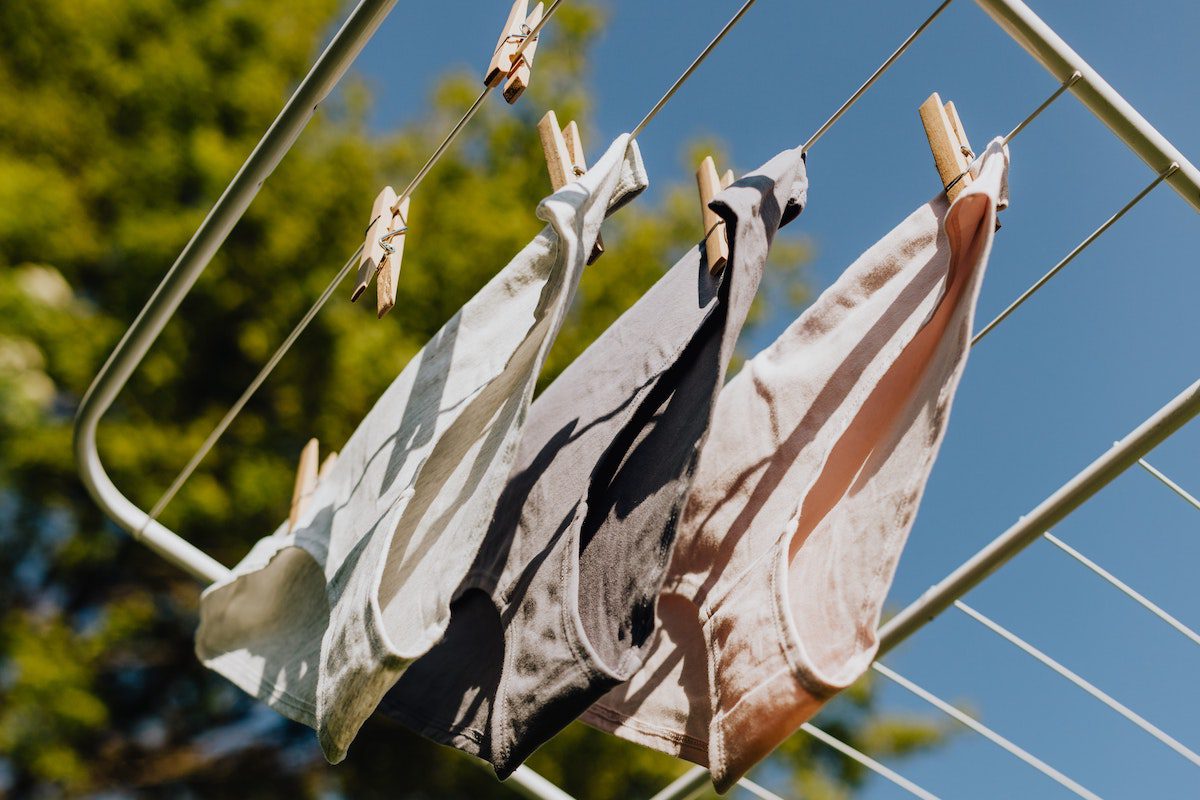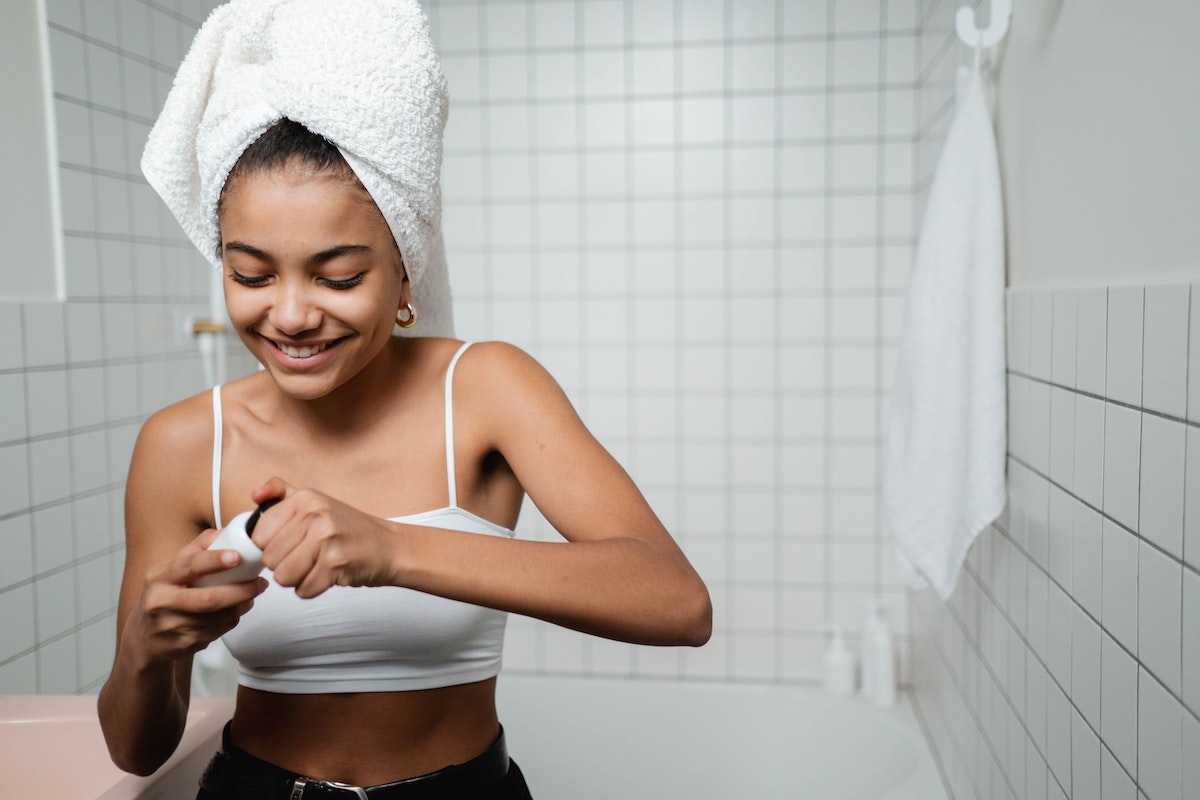How To Do Eye Yoga
Take a moment to think about how much we use our eyes each day. Especially since the onset of the pandemic, we’ve been spending a lot more time in front of screens (hello, Zoom meetings!). And at the end of such a long, screen-filled day, it might sound great to give your eyes a bit of a reprieve.

Many people practice yoga as a way to stretch their muscles. Why not try it on our eyes?
With this in mind, we decided to dig deeper into the idea of “eye yoga” by talking to three eye care professionals.
What is eye yoga?
Dr. Dagny Zhu is an ophthalmologist and medical director/partner at Hyperspeed Lasik, an NVISION Eye Center in Rowland Heights, California. She noted that eye muscles “have nothing to do with visual acuity;” instead, they enable our eyeballs to move around and look at various objects.
It can feel good to “give those muscles a break by rolling our eyes in different directions,” she added. Thus, eye yoga “may help to reduce stress and relieve eye strain in some people.”
Ophthalmologist Dr. Elizabeth Yeu, a partner at Virginia Eye Consultants, discussed another eye issue, dry eye, and its tie to screens.
“I have heard of multiple reasons doctors think the increase in screen use is a risk factor for our eyes, and dry eye disease in particular,” she said. “A hypothesis is that during display use, a decrease in blink rate and incomplete blinking contribute to quicker tear evaporation, which can lead to instability of the tears, and potentially dry eye.”
Eye yoga movements to try
With these issues in mind, what are the best eye yoga movements to exercise our eye muscles and combat dry eye?
Dr. Mile Brujic, an optometrist practicing at Premier Vision Group in Ohio, recommended closing your eyes every once in a while to let them rest. “Doing this for a minute allows the eyes to cover themselves and improve the tear coverage on the eyes,” he said.
Another strategy is to make sure you’re sitting or standing above any screens you utilize. “Looking downwards at the screen may allow for less exposure of the front surface of the eye,” Yeu said.
All three experts suggested the classic 20-20-20 rule: Every 20 minutes, look at an object 20 feet away for 20 seconds. “This provides the eyes the opportunity to refocus and also allows the eyes to resume their natural blink reflex,” Brujic pointed out.
Zhu elaborated on the concept of looking into the distance after gazing at a nearby item for a long time. “[T]here’s a special muscle (the ciliary muscle) that we use to focus up close for near activities like reading a book,” she said. “After a while, that muscle gets fatigued, which can lead to eye strain and headaches.”
Try out these eye yoga exercises to give your eyeballs a time out, especially if you find yourself staring at screens for the majority of the day. However, as Zhu and Yeu noted, you should see an eye doctor if your situation requires additional assistance, like needing a new glasses prescription or experiencing an increase in dry eye disease symptoms.












